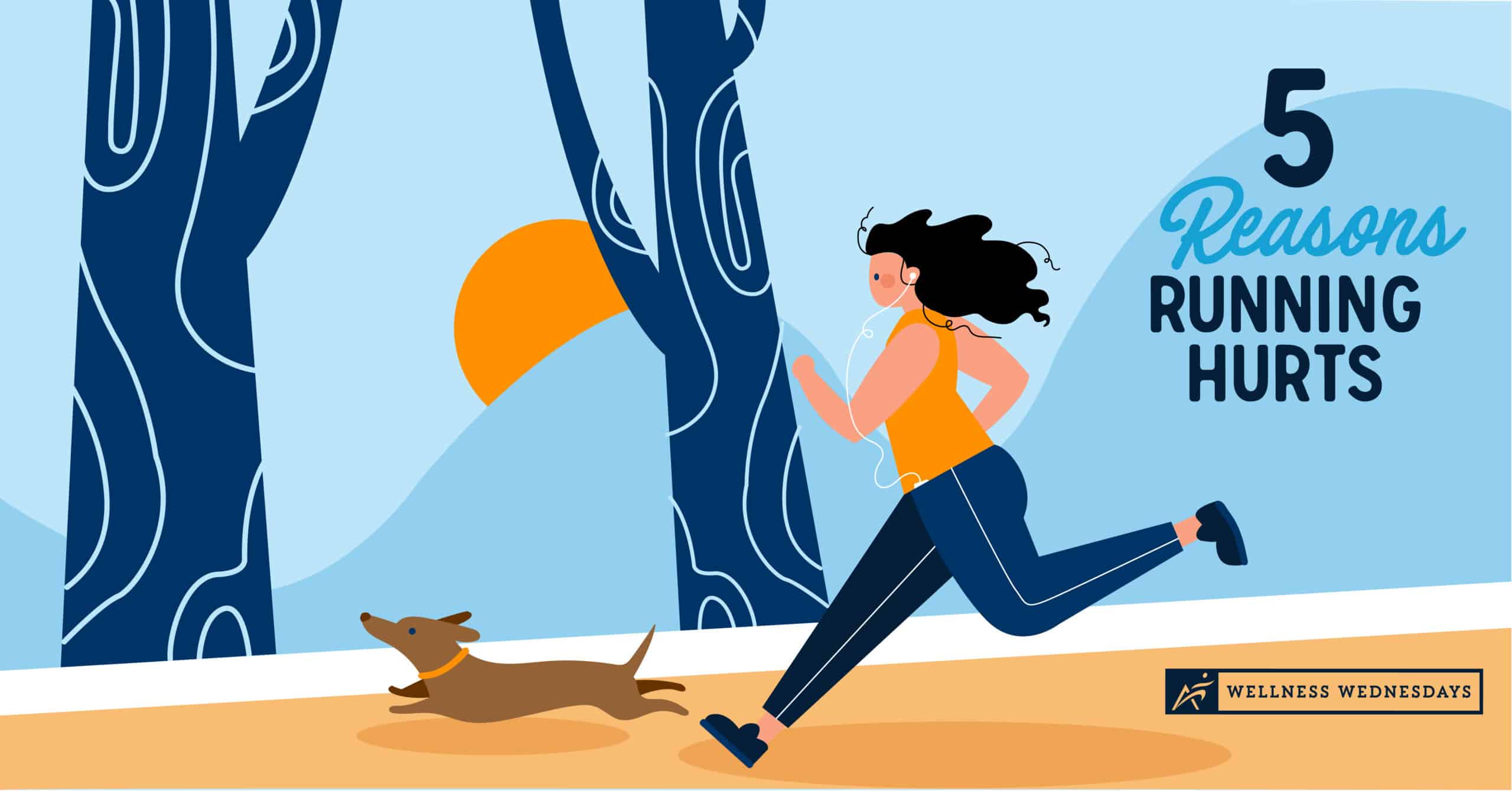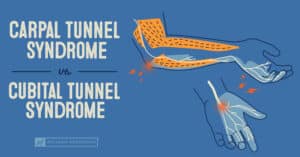When exercising and keeping active, it is easy to let small things slip through the cracks that affect your form and ability. However, if left unchecked, factors like posture or arm placement can affect your performance. Proper mechanics and technique while running are crucial to a smooth run. Continue reading to learn five reasons running can hurt, as well as techniques and tips that can help improve your form!
1. Uneven Eye Level
Staring at the ground a yard in front of you is one of the first mistakes you might make when running. By looking at the ground instead of what is ahead of you, your body starts to shift into a slouched position. This slouched position can cause neck and upper back pain. Proper running posture means your shoulders are back and your chest is up, while your gaze focuses on the path ahead.
Initially, it may appear straightforward, but maintaining proper posture can prove challenging for individuals who spend extended periods seated at a desk throughout the day. Try to follow the 20-20 rule; every 20 seconds try to look up at something that is 20 yards away. This method can help improve your form when running and is easy to use when running on trails or paths.
2. Arm Placement
Arm movement is just as crucial to a pain-free run as posture and stride. Excessive movement of the arms is often a result of compensating for the absence of a balanced rotation of the rib cage. These runners resemble fighters in a boxing match, as their hands move forward to protect their faces, preventing any movement or twisting of the upper body.
The solution lies in the elbows. Visualize pushing your elbows backward to defend against slower runners whom you are currently overtaking. Bio-mechanically speaking, this rotation is crucial and can improve oxygen circulation. The best scenario is when you can tell that you have completed a full swing of your arm by observing your chest moving from side to side. The arms are the pendulums that help keep the body in balanced motion.
3. Upper Body Posture
While your arms should help encourage balanced thoracic movement, you can improve your running form further by focusing on the chest and core. Now that you are keeping your eyes up and arms moving at a steady rhythm, try focusing on encouraging some forward momentum with the rest of your upper body.
Keep your chest up when you run. Visualize having a cord fastened to your torso while a kite is tugging you upwards and ahead. The act of running involves both the force of movement and the redistribution of mass. By altering your focus and the positioning of your chest, you can propel yourself toward surpassing your previous achievements.
4. Gait Dysfunction
Do your feet produce an identical noise upon impact? Does one foot smack the surface while the other glides effortlessly over the grass? Does one foot touch down on the toe while the other comes down on the heel?
One of the many reasons running hurts is gait dysfunction and asymmetry which are incredibly common. If left unchecked, gait dysfunction and asymmetry can quickly lead to painful injuries that can travel from the feet up to the knees and hips. Start by observing where your foot touches the ground and then sense the area where you are propelling forward. Certain groups of muscles fire under specific conditions. If you are putting all your weight on the outside of the foot, you are limiting your muscular capabilities by only using those outer muscles.
In an ideal scenario, it would be best if you could utilize all your muscles at a minimal intensity instead of exhausting your calf muscles to the extent of experiencing continuous strain. Aim to distribute the effort evenly throughout your body by maintaining balance through your feet. Maintaining a balanced gait is crucial to keeping your lower body happy and healthy.
5. Foot & Heel Stability
The heel, also known as the calcaneus, plays a crucial role in stabilizing the entire body. However, our footwear, including our shoelaces, often fails to acknowledge its importance. It is widely acknowledged that the body is designed in a way that each joint alternates between stability and mobility. Specifically, the forefoot should be flexible and mobile, while the heel should remain stable, and the ankle should have the ability to move.
If there is any disruption to this system, the subsequent joint will lose its natural balance or movement. Therefore, the simplest solution is to provide the calcaneus with maximum stability. Place your foot securely in the heel cup and ensure that you tightly secure it in position by utilizing the final lacing hole in your shoe. This will allow the joints to move securely, which will leave you with one less problem to worry about for any runs you may be planning.
Keep Running Pain Free
Whether you’re training for a marathon or getting ready for a casual jog in the park, always make sure to prepare for the road ahead. Remember to stay hydrated and energized, make sure your shoes are in good condition, and do some warmup exercises before you start.
While there are many reasons running hurts, suffering through foot pain or a condition like plantar fasciitis shouldn’t keep you on the sidelines. Seek treatment and schedule an appointment with one of our Providers at Airrosti. Our Providers pinpoint the cause of your pain and treat it at the source, quickly and effectively, for long-lasting results. Additionally, you will also receive the tools and resources you need to prevent future injuries, so you can lace up your sneakers with confidence and hit the ground running once again.
For more information, call us at (800) 404-6050.
Read our Medical Disclaimer here.










